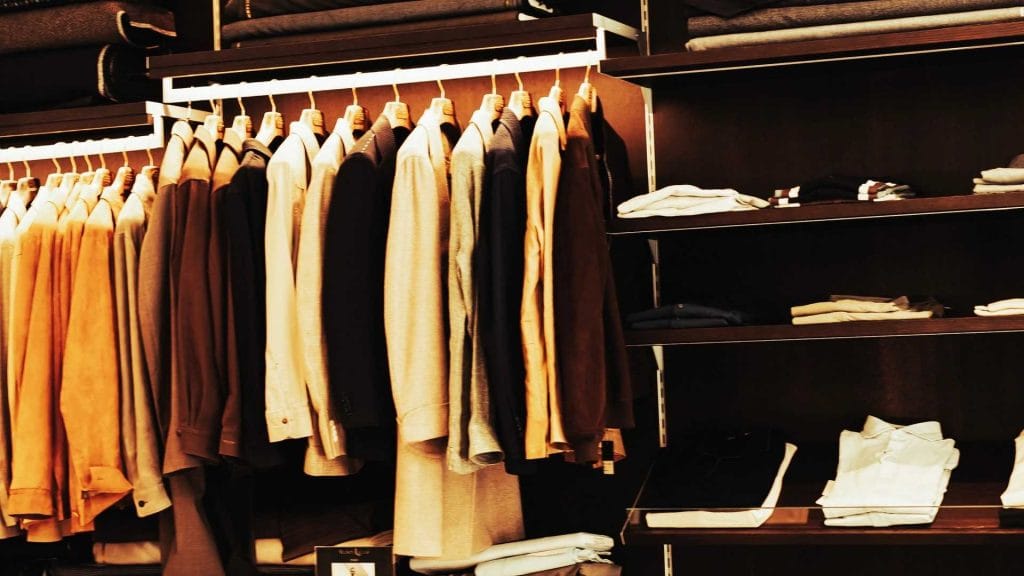The Evolving Fabric of Fashion: A Paradigm Shift in Men’s Style
Indeed, the sartorial landscape has undergone a dramatic transformation, driven by several interconnected factors:
* The Casualization Imperative: The most impactful change is the pervasive embrace of casual wear across nearly every facet of life. Workplaces have largely shed strict dress codes, prioritizing comfort and flexibility. The once-sacrosanct suit-and-tie has given way to more relaxed ensembles, with sneakers now frequently paired with tailored jackets, and even formal events adopting a more laid-back ambiance.
* The Dominance of Streetwear and Athleisure: The meteoric rise of streetwear and athleisure has profoundly reshaped mainstream fashion. Younger generations, in particular, are drawn to the inherent comfort, versatility, and often high-fashion appeal of these styles, which champion hoodies, graphic tees, and performance footwear over traditional suiting and dress shoes.
* Blurred Occasion Boundaries: The once-clear lines defining attire for work, leisure, and formal gatherings have become increasingly indistinct. Modern wardrobes are expected to transition seamlessly from a casual office setting to an evening out, rendering highly specialized classic pieces less practical for everyday wear.
* Generational Values and Self-Expression: Younger demographics often prioritize individuality, personal comfort, and authentic self-expression over rigid adherence to traditional formality. The notion of “dressing up” purely for the sake of it, or conforming to prescriptive sartorial rules, holds diminished appeal for many.
* Economic Realities and Fast Fashion: While less direct, economic considerations also play a role. Bespoke tailoring and high-quality classic menswear represent a significant investment. As economic landscapes shift, the allure of more accessible, trend-driven fast fashion alternatives becomes increasingly potent.
Beyond “Laziness”: A Deeper Cultural Reassessment of Attire
While the idea of “laziness” might be a simplistic interpretation, it underscores a genuine decline in the perceived necessity and desirability of formal wear. The issue transcends the mere effort of tying a tie; it signifies a fundamental re-evaluation of what constitutes appropriate and fashionable attire in contemporary society.


